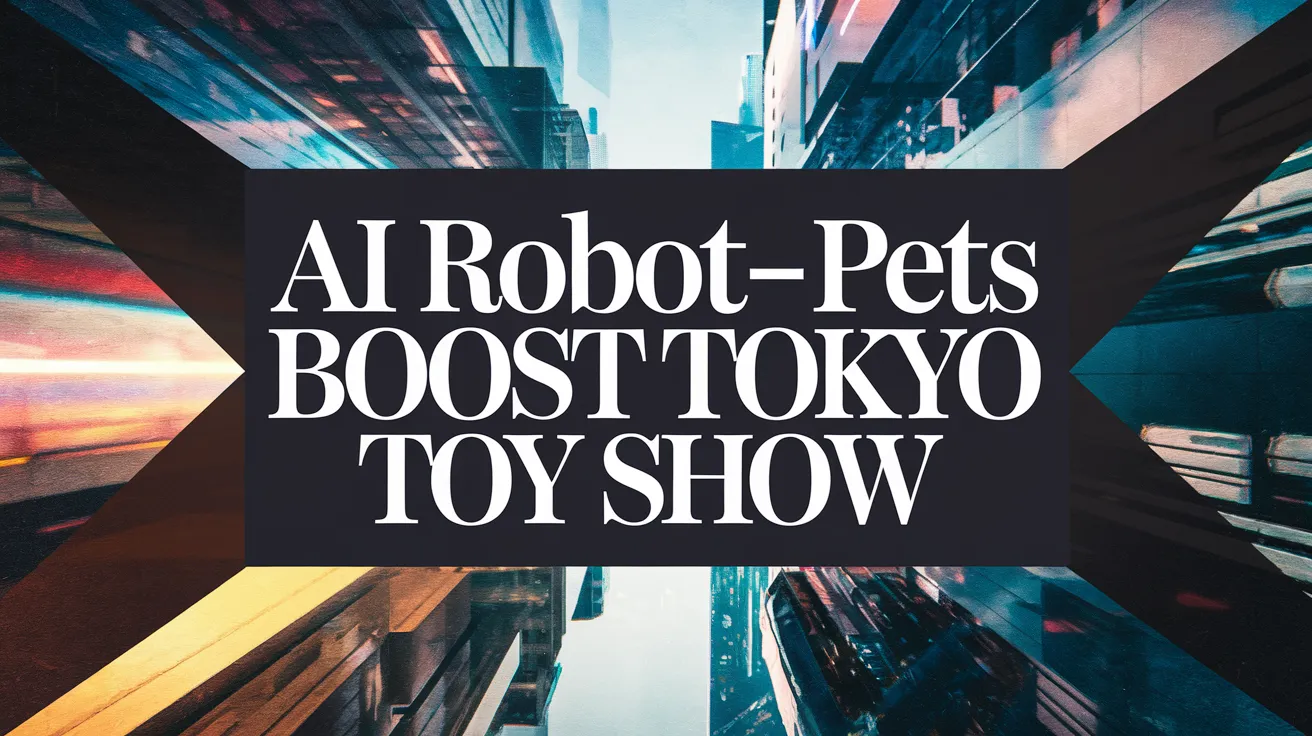AI Robot-Pets Boost Tokyo Toy Show

TOKYO, Sept. 1 (UPI) — Toy enthusiasts, from industry professionals to fans of all generations, braved the sweltering heat during the final weekend of August to attend the 2025 International Tokyo Toy Show. This event, sponsored by the Japan Toy Association at Tokyo’s expansive Big Sight exhibition center, featured over 200 vendor companies showcasing more than 30,000 toys, including many yet to be released. While attendance figures are still being finalized, the prior year’s show welcomed more than 80,000 visitors.
Trends in the Toy Market
The event unfolded over four days, with the first two dedicated to industry professionals and the latter two open to the public. Despite Japan’s declining birthrate, the toy industry remains resilient, boasting an approximate 8% revenue increase in fiscal 2024 compared to the previous year, achieving record earnings, as reported by the Japan Toy Association (JTA).
Akihiro Sato from the Tokyo Japan Toy Association chapter noted the emergence of the “kidult” market—adults with the spirit of children who collect toys. This demographic is significantly contributing to the industry’s revenue growth.
The Rise of AI Companion Robot-Pets
High-tech toys, particularly AI interactive toys and robots, have seen an impressive revenue boost of over 40% year-over-year, standing out as a leading segment, per JTA statistics. Among these, Sharp Corp’s AI companion robot-pet, “Poketomo” or “pocket friend,” gained prominence. This compact robot, designed to fit into a jacket pocket or purse, can engage in conversation and remember personal details. Winning an innovation award at the show, the Poketomo is set for release in November at a price of 39,600 yen, roughly $269.
Kidults and Nostalgia
Kidults are also driving the market through their nostalgic demand for reissues of classic toys. Visitors from around the globe at the toy show had the chance to revisit beloved childhood products, enhancing their appreciation for Japan’s rich toy-making tradition. Attendee Nadia Garson Wangberg from Oslo, Norway, shared her experience with a Takara Tomy toy from her childhood that still functions well after years of storage.
Traditional Vs. Modern Toys
This year, while plastic joy remained dominant, some vendors continued to highlight traditional wooden toys. Vladislav Krit from EWA Eco-Wood-Art in Belarus emphasized the importance of tactile engagement in play, stating that their wooden mechanical construction kits require assembly before play, highlighting the significance of physical engagement with toys.
Impact of Tariffs on the Toy Industry
Amidst concerns regarding import tariffs imposed by the Trump administration on Japanese products, the atmosphere at the toy show appeared unaffected. The agreement reached recently settling on a 15% tariff rate could potentially lead to increased prices for manufacturers, especially since approximately 80% of Japanese toy products are manufactured in China. As explained by Sato, the added tariffs on transfers from China to the U.S. could significantly impact pricing strategies for manufacturers.